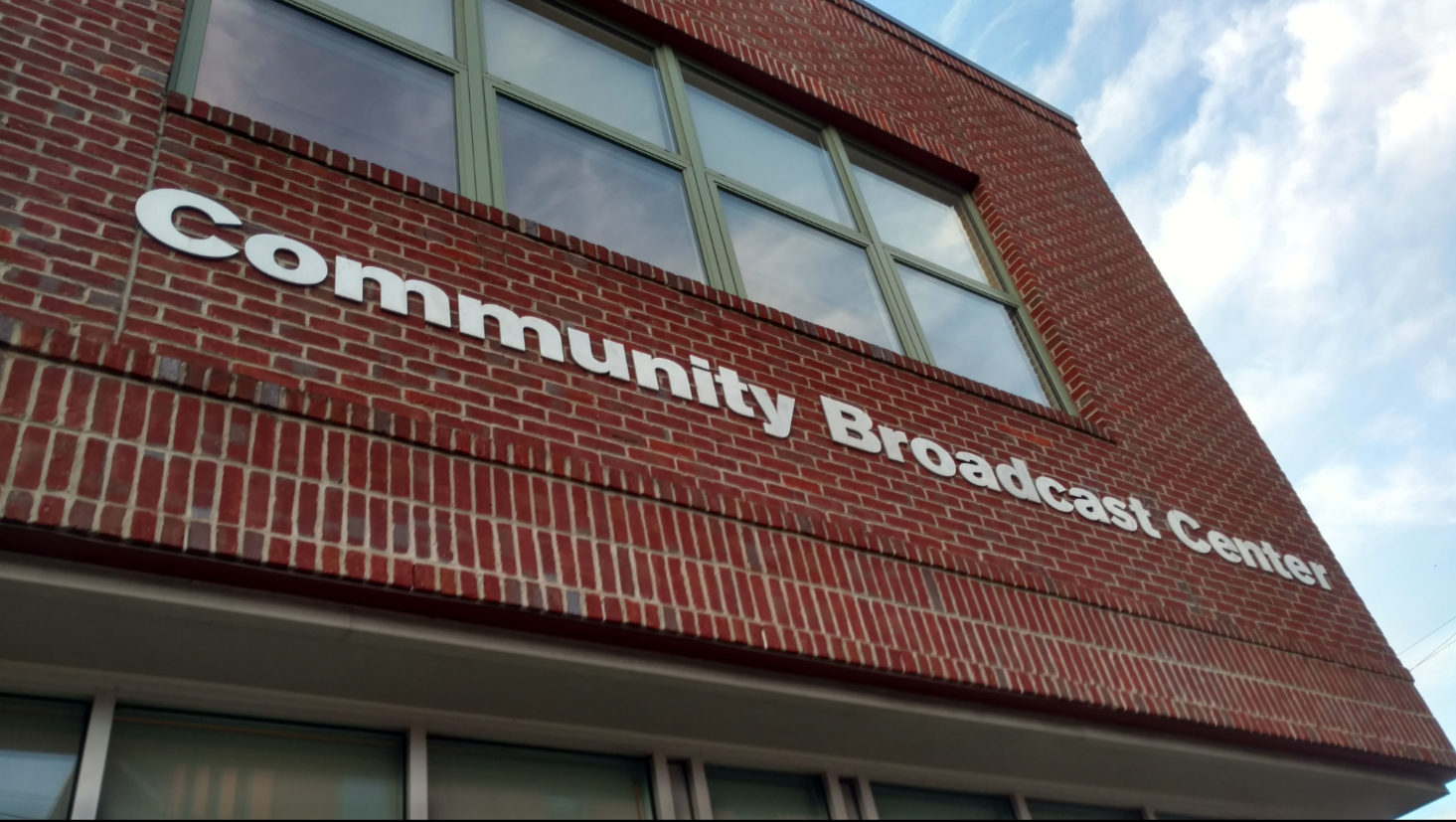History
Articles of incorporation.
Befitting of an independent radio station, the articles of incorporation for Pittsburgh Community Broadcasting were signed on July 4, 1972. Ellery Schempp, Jeff Smith, Mel Packer, Philip Peters and Robert Pfahler, our founding fathers, applied to operate “one or more non-commercial, educational radio broadcasting stations.”
The Decree of Incorporation was signed by the Secretary of the Commonwealth of Pennsylvania on July 25, 1972. The first official meeting of the new Corporation was conducted on November 20, 1972 at 920 Grant Street in Pittsburgh.
Pittsburgh Community broadcasting’s initial program line-up consisted of three hour-long music and public affairs programs that aired weekly at 4 p.m. on Duquesne University’s WDUQ. This was meant to provide an example of the content planned for WYEP and to train its future staff on broadcast equipment. Volunteers began construction of the station’s first studios, in the basement of a former police horse stable at 4 Cable Place in South Oakland.
On April 30, 1974, WYEP begins broadcasting on 91.5 FM with an all-volunteer staff. Its 850-watt transmitter and antenna are located atop the Cathedral of Learning at the University of Pittsburgh. Programming is an eclectic mix of music and public affairs and is very informal – there are reports of impromptu keg parties, someone getting mugged on the air, and a nearly-electrocuted DJ due to a flash flood in the basement studios.
Thanks to the federal government’s Comprehensive Employment and Training Act, Pittsburgh Community Broadcasting was able to hire its first paid staff member. Three years later, in 1981, beloved “Afternoon Mix” host, Rosemary Welsch, joins the staff, nearly 40 years later, she is still on the air.
WYEP moved its transmitter and antenna location to a tower in Hazelwood near Calvary Cemetery (the current location of the WYEP transmitter and antenna). Power was increased from 850 to 18,200 watts, and the station’s frequency is changed from 91.5 to the frequency still in use today, 91.3 FM.
Two years later, in 1985, Pittsburgh Community Broadcasting faced significant financial challenges. the Board decided to reorganize. To help keep the station open and to begin funding construction of new studios for WYEP, WE staged a large fundraising concert featuring Billy Price and the Keystone Rhythm Band. Additional funding for the new studios is obtained through foundation and government grants.
WYEP moved into new Chatham College studios and began broadcasting in stereo in 1987.
“Kaleidoscope,” with host Rosemary Welsch, launched in 1990, marking the station’s move into adult album alternative music. She became the station’s first paid on-air host.
Four years later (in 1994) WYEP moved, yet again, to new studios at 2313 East Carson Street on Pittsburgh’s Historic South Side. The new studios are twice the size of the Chatham College facilities, WYEP also hired two more paid, on-air hosts, and for the first time has full-time staff in the morning, at midday and in the afternoon.
Mike Ellcessor at WYEP's Chatham College studios
Dar Williams and Stephen Bontrager at Carson Street Studios
The first Summer Music Festival is staged in 1997 in partnership with WXPN (Philadelphia) and The Andy Warhol Museum.
In 1999, WYEP celebrates its 25th anniversary with an open house and block party on East Carson Street. Three years later in 2002, The Pittsburgh Community broadcasting Board decides to build the Community Broadcast Center, so WYEP can be more than “just a radio station”.
In 2005, The WYEP “Turn It Up!” Capital Campaign is concluded, having raised $3.7 million from foundations and 1,700 local individuals, and ground is broken at 67 Bedford Square for the new Community Broadcast Center. It would become the nation’s first LEED Silver Certified radio station.
The Community Broadcast Center opens its doors in 2006 and more than 2,000 visitors come to see the new studios of WYEP (“the first green station in the nation”). Rosemary Welsch, in celebration of her 25th anniversary at the organization, played the first song from the new facilities: “Radio, Radio” by Elvis Costello.
On January 14, 2011, Duquesne University announces the sale of WDUQ to Essential Public Media (A NEWLY-FORMED SUBSIDIARY OF pITTSBURGH COMMUNITY BROADCASTING) for $6,000,000. On July 1, the format of WDUQ is changed to news and information, with jazz programming moved to an HD channel and web stream. On September 1, the sale of WDUQ to Essential Public Media is finalized and staff and operations of the station are moved across the Monongahela River from Duquesne University to the Community Broadcast Center on the South Side.
In 2012 “Essential Public Radio” is discarded as the on-air brand for Pittsburgh’s NPR News Station, as the FCC grants Pittsburgh Community Broadcasting the right to use the call letters WESA; those call letters were used for more than a half-decade by radio stations in Charleroi, Penn., until 2000.
Reporter Lucy Perkins on assignment in Oct. 2019.
67 Bedford Square
In 2016, The Boards of Directors of WYEP and WESA are merged, leaving Pittsburgh Community Broadcasting Corporation as their SOLE non-profit owner and operator.
In August, 2016 long-time media executive Terry O’Reilly returns to Pittsburgh as the first President and Chief Executive Officer for Pittsburgh Community Broadcasting.
Today, Pittsburgh Community Broadcasting continues to grow. The WESA newsroom staff is the largest fulltime radio newsroom in the region covering beats including government and accountability, health and science, education, and arts and culture. Our journalists have won many accolades for their reporting. Meanwhile, WYEP maintains its status as a 45-year-strong cultural institution serving Pittsburgh music and music discovery to a growing audience.





